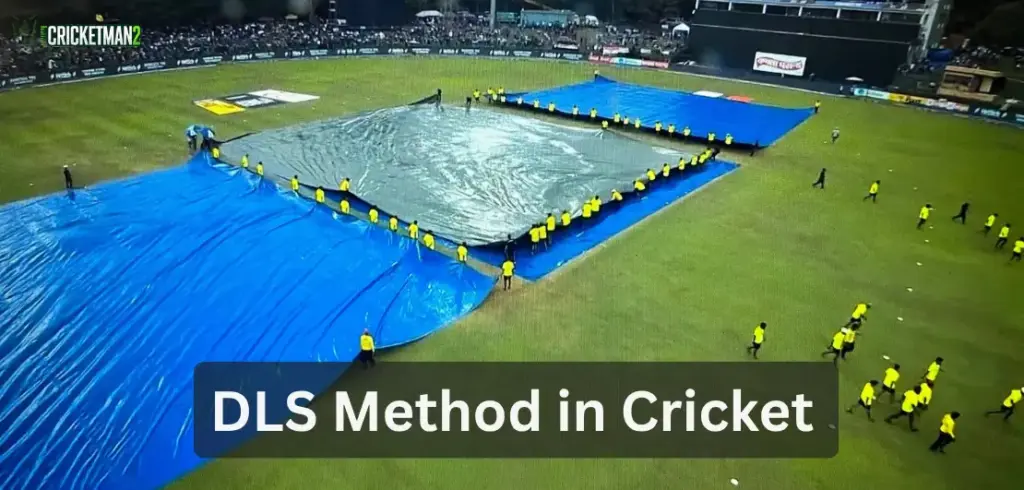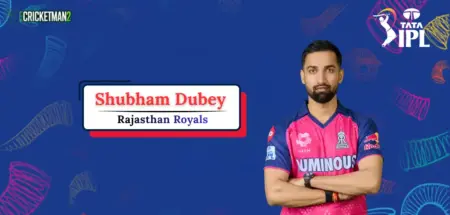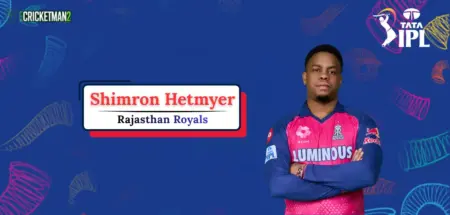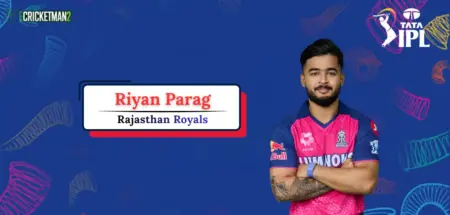Cricket is a game often interrupted by unpredictable weather, and rain can change the outcome of even the most thrilling match. To ensure fairness in such situations, the Duckworth–Lewis–Stern (DLS) Method was introduced — a mathematical formula that helps calculate a fair target for the team batting second when overs are lost due to rain or other interruptions.
Full Form of DLS Method
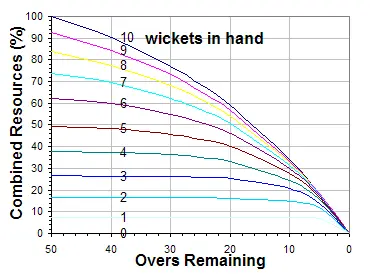
DLS stands for Duckworth–Lewis–Stern Method.
It was originally developed by Frank Duckworth and Tony Lewis in 1997, and later updated by Professor Steven Stern in 2015 to reflect modern scoring patterns in ODI and T20 cricket.
DLS Method Overview:
| Category | Details |
|---|---|
| Full Form | Duckworth–Lewis–Stern Method |
| Introduced | 1997 (Updated 2015) |
| Developers | Frank Duckworth, Tony Lewis, Steven Stern |
| Used In | ODIs & T20s (ICC-approved) |
| Main Idea | Balances overs and wickets to calculate fair targets |
| Revised Target Formula | Team 1’s Score × (Team 2 Resources ÷ Team 1 Resources) |
| Tools | ICC DLS Calculator 5.0 |
| Alternative | VJD Method (Used in Indian domestic cricket) |
Read Also:- How to Calculate Follow on in Test Cricket
Why DLS Method is Needed
Before DLS, cricket used older systems like Average Run Rate (ARR) and Most Productive Overs (MPO). These methods were unfair because they didn’t account for wickets lost or match situations properly.
For example:
- In the 1992 World Cup semifinal, South Africa needed 22 runs off 13 balls, but after rain, the target became 21 runs off 1 ball, an impossible task.
- The DLS method was created to prevent such injustices by considering both overs remaining and wickets in hand as “resources.”
Like to know? VJD vs DLS Method in Cricket
The Basic Rule of DLS Method
The DLS method works on the concept that each team has two main resources to score runs:
- Overs left to play
- Wickets remaining
If the second team’s innings is reduced due to rain, the DLS method calculates a revised target based on the ratio of resources available to both teams.
DLS Method Formula
The formula used is:
Team 2’s Target = (Team 1’s Score × Team 2’s Resources) ÷ Team 1’s Resources
Where:
- Team 1’s Resources = 100% (if they played full overs)
- Team 2’s Resources = Percentage based on overs left and wickets lost
Example Calculation
| Team | Overs | Wickets | Resources | Score |
|---|---|---|---|---|
| Team 1 | 50 | 10 | 100% | 300 |
| Team 2 | 30 | 3 | 70% | ? |
New Target = 300 × (70 ÷ 100) = 210 Runs
So, the chasing team needs 211 runs to win in 30 overs.
DLS Method Chart (Example for Reference)
| Overs Left | 0 Wickets | 2 Wickets | 5 Wickets | 8 Wickets |
|---|---|---|---|---|
| 50 | 100% | 83.8% | 49.5% | 18.0% |
| 40 | 90.3% | 77.6% | 48.3% | 16.5% |
| 30 | 77.1% | 68.2% | 45.7% | 14.0% |
| 20 | 58.9% | 54.0% | 40.0% | 10.5% |
| 10 | 34.1% | 32.5% | 27.5% | 8.5% |
The table shows how the resources (%) decrease as overs reduce or wickets fall.
DLS Calculator
In professional matches, umpires and officials use a DLS Calculator (Version 5.0), approved by the ICC, to compute revised targets instantly.
You can also use online DLS calculators (like CricHeroes) to simulate rain-affected match scenarios by entering:
- Total overs
- Team 1 score
- Overs lost
- Wickets fallen
- Overs left for Team 2
The calculator then shows the par score and revised target automatically.
Read Also:- Tea Break Time in Test Cricket
How DLS Works in Different Formats
1. In ODI (50 Overs Match)
If a 50-over match is shortened, DLS recalculates the target based on overs and wickets.
- Example: Team 1 scores 280/8 (50 overs)
- Rain reduces Team 2’s innings to 30 overs
- DLS recalculates a new target (around 218–225 runs) depending on wickets and resources.
2. In T20 Matches (20 Overs)
In T20s, where every ball counts, DLS adjustments are even more dynamic.
- Example: Team 1 scores 180/6 (20 overs)
- Rain reduces Team 2’s innings to 12 overs
- The DLS target could be around 130–135 runs, adjusted based on wickets in hand.
How DLS Affects the 2nd Innings
- If rain interrupts before the 2nd innings starts, Team 2’s total overs are reduced, and the DLS target is set before play resumes.
- If it rains during the 2nd innings, the par score (where both teams have equal chances) is recalculated live.
- If play is abandoned mid-innings, the team ahead of the par score at that point is declared the winner.
Key Laws & ICC Usage
- The International Cricket Council (ICC) officially uses the DLS method in all limited-overs formats — ODIs, T20Is, and major tournaments like the Cricket World Cup and T20 World Cup.
- The DLS model is updated every July 1st to adapt to modern scoring patterns (like higher strike rates and Powerplays).
Advantages of the DLS Method
- Considers both overs left and wickets lost
- More accurate and fair than ARR or MPO methods
- Continuously updated for modern scoring
- Handles multiple interruptions smoothly
- Ensures fairness between both teams
Limitations
- Complex for fans to calculate manually
- Sometimes controversial in close matches
- Requires computer software for official results
See Also:- Lunch Break Time in Test Cricket
Final Words
The DLS Method is one of cricket’s smartest innovations, ensuring fairness even when rain tries to spoil the game. By balancing overs, wickets, and scoring potential, it preserves the competitive balance in both ODIs and T20s.
While the calculations may seem complex, the principle is simple — every team should get an equal chance to win, no matter how the weather behaves.

